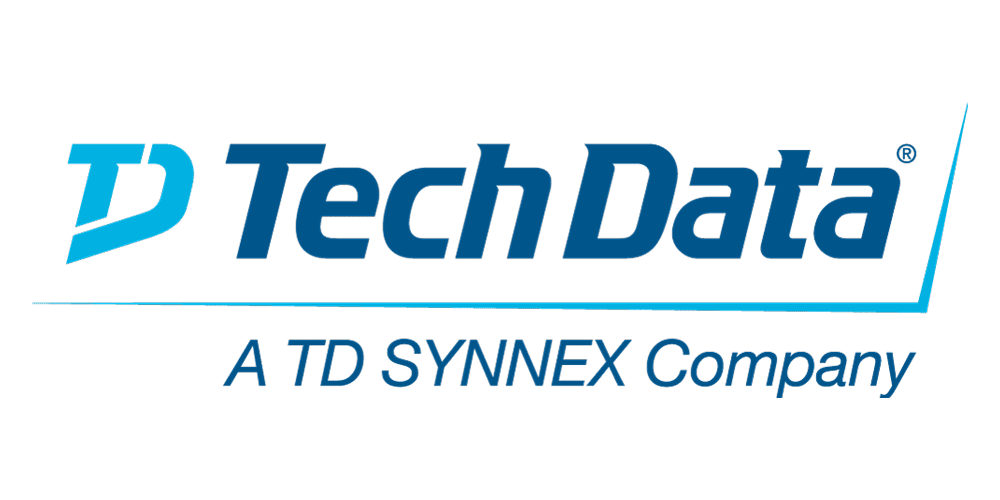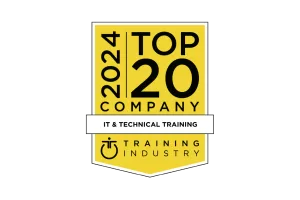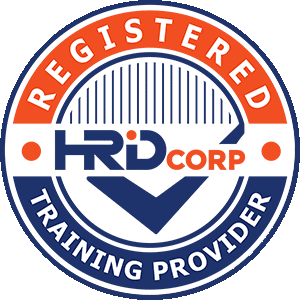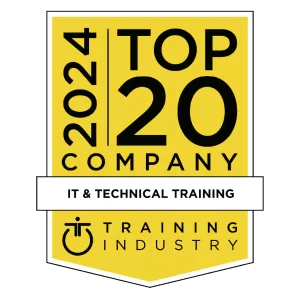This course is designed to leverage SAN storage connectivity by integrating a layer of intelligence of virtualization, the IBM Storwize V7000 to facilitate storage application data access independence from storage management functions and requirements. The focus is on planning and implementation tasks associated with integrating the Storwize V7000 into the storage area network. It also explains how to:
Centralize storage provisioning to host servers from common storage pools using internal storage and SAN attached external heterogeneous storage.
Improve storage utilization effectiveness using Thin Provisioning and Real-Time Compression
Implement storage tiering and optimize solid state drives (SSDs) or flash systems usage with Easy Tier.
Facilitate the coexistence and migration of data from non-virtualization to the virtualized environment.
Utilize network-level storage subsystem-independent data replication services to satisfy backup and disaster recovery requirements.
This course lecture offering is at the Storwize V7000 V7.6. level.






